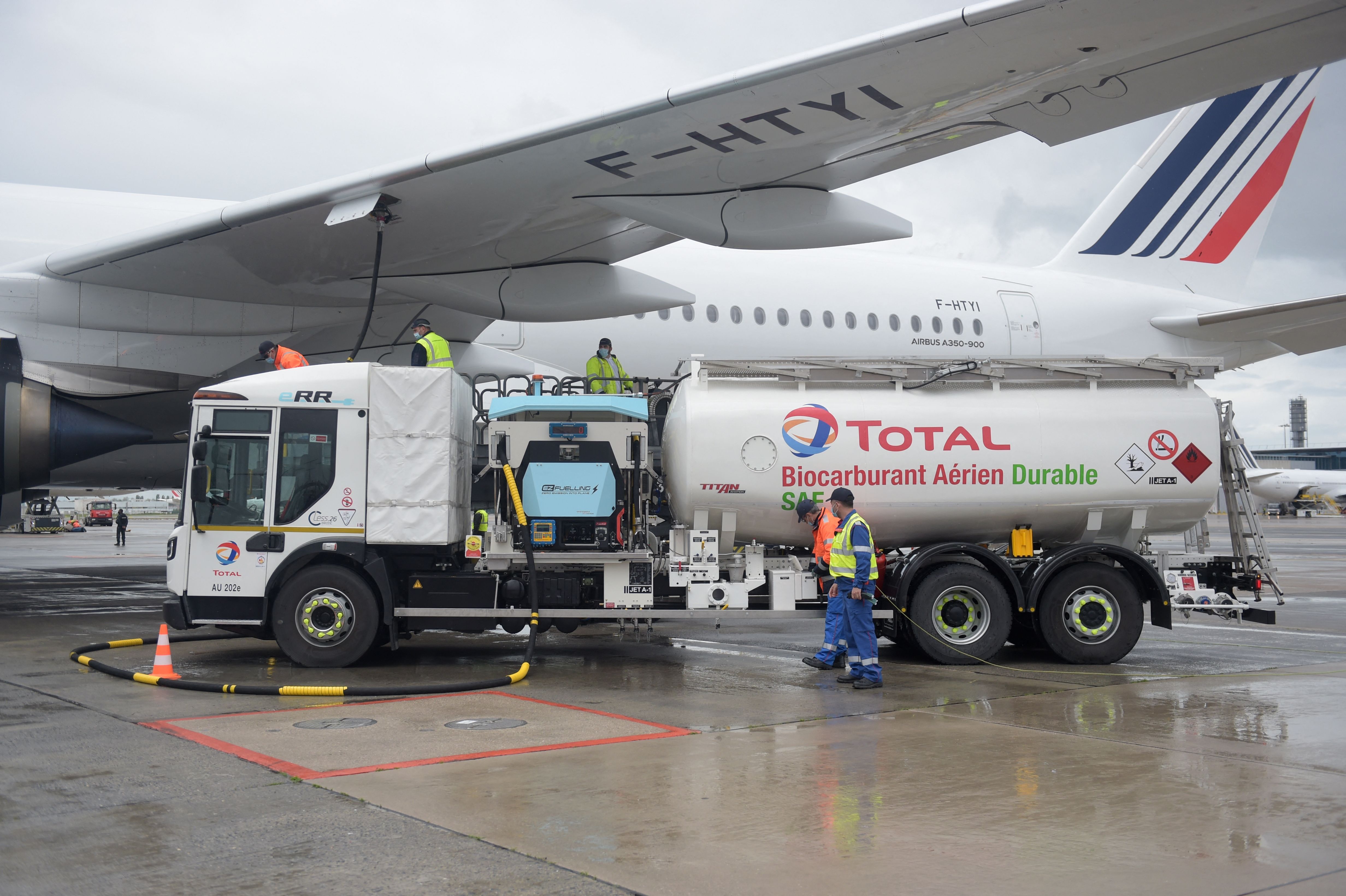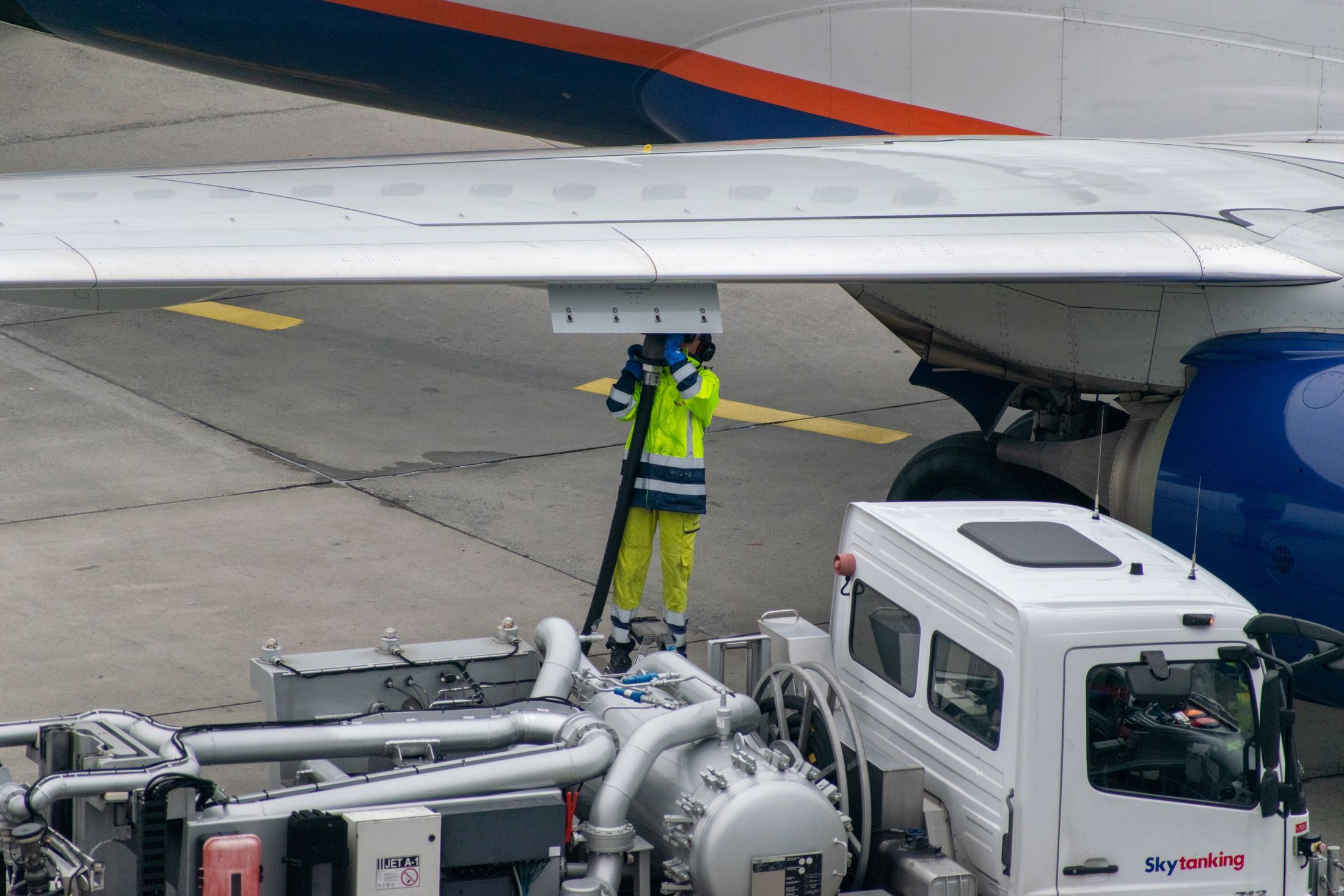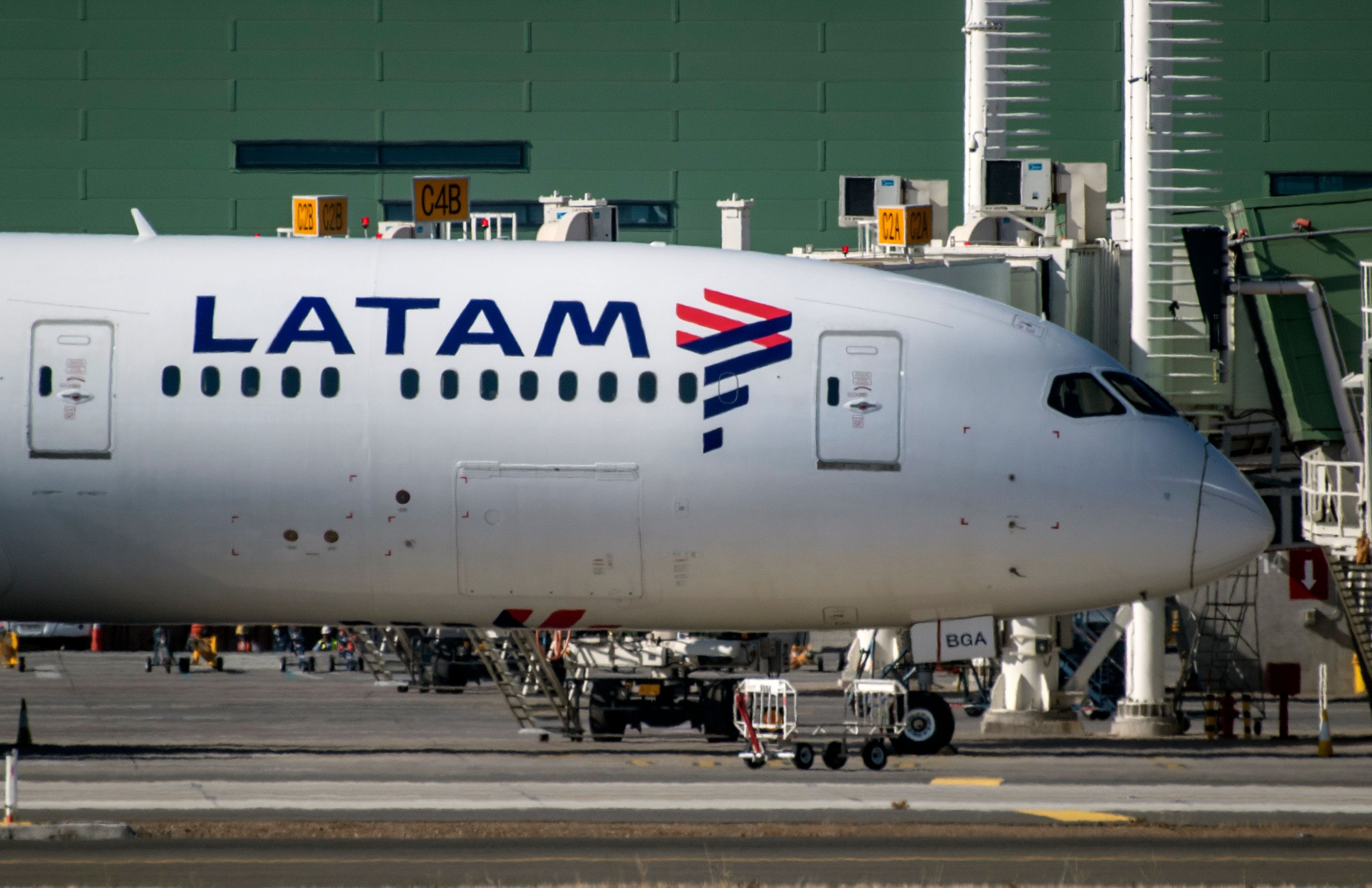The Panamanian government and several energy companies, including SGP BioEnergy, will develop an advanced biorefinery for the of supply lower-carbon sustainable aviation fuel (SAF). Despite the incredible amount of resources to build this industry, the Latin American region does not have a well-established SAF production line. That may be about to change. Let’s investigate further.
The latest development
On Wednesday, the government of Panama and several energy companies reported plans to develop a major, advanced biorefinery. Intended to be completed in five years, Biorefinería Ciudad Dorada, located in Colon and Balboa, Panama, will be the most significant advanced biorefinery and SAF production platform in the world, producing 180,000 barrels of biofuel per day. That’s about 2.6 billion gallons per year.
Randy Delbert Letang, CEO of SGP BioEnergy, said,
"Transportation makes up 27% of greenhouse gas emissions, and the only way to decarbonize many sectors – like aviation – is to integrate fossil fuels with compatible biofuels. This facility not only brings cleaner fuels online in the short term, but its construction at a central hub of global commerce, serving over 1,000 ports, catalyzes the industry in the long term by immediately delivering a lower cost of biofuels, reducing waste, and revolutionizing farm economics."
Airlines pledge to decarbonize
Worldwide, airlines have pledged to use biofuels to sustain one million flights and reduce carbon dioxide emissions by an average of 70%.
In Latin America, we have already seen some breakthroughs in this matter, but there’s still an enormous amount of work to be done.
Once the Panamanian biorefinery is set up, Copa Airlines could be one of the biggest beneficiaries. We reached Copa Airlines for comment. At the moment of publishing this article, we were yet to receive a response.
The refinery will be developed in three phases, each over a period of 5 years, with the goal of increasing production by 60,000 barrels per day over each stage.
Lack of SAF development in the Latin American region
Currently, the SAF industry has no presence in the Latin American region. Approximately 70% of SAF comes from the United States, with the remaining 30% coming from Europe. Nonetheless, South America has optimal conditions regarding the availability of resources.
In April, LATAM Airlines Group announced it seeks to reach 5% of sustainable fuel use by 2030. The company sees decarbonization as the biggest challenge for the aviation industry in the current century.
Additionally, the International Air Transport Association (IATA) has been working with governments worldwide showing them there is a demand to promote and produce sustainable aviation fuels. Moreover, it is an investment that could have incredible returns in the coming future.
In April, Sebastian Mikosz, Environment & Sustainability Senior Vice President at IATA, said,
“Banks and venture capitals call me, and they ask me where they can invest in real green projects. Producing SAF and hydrogen is really a green project, but the lack of framework prevents those investments.”
What do you think about these project launched by the Panamanian government? Let us know in the comments below.



